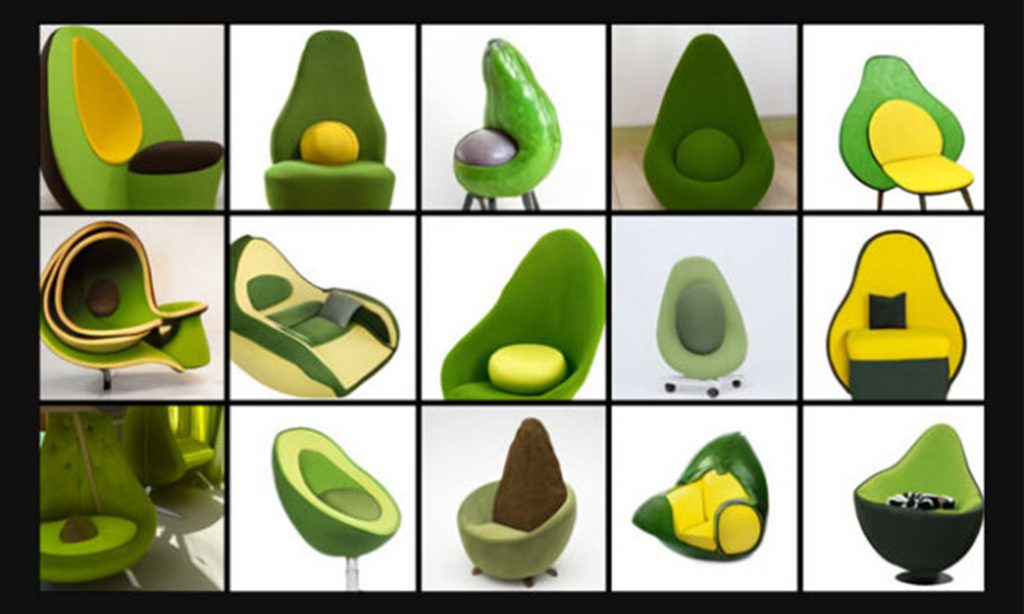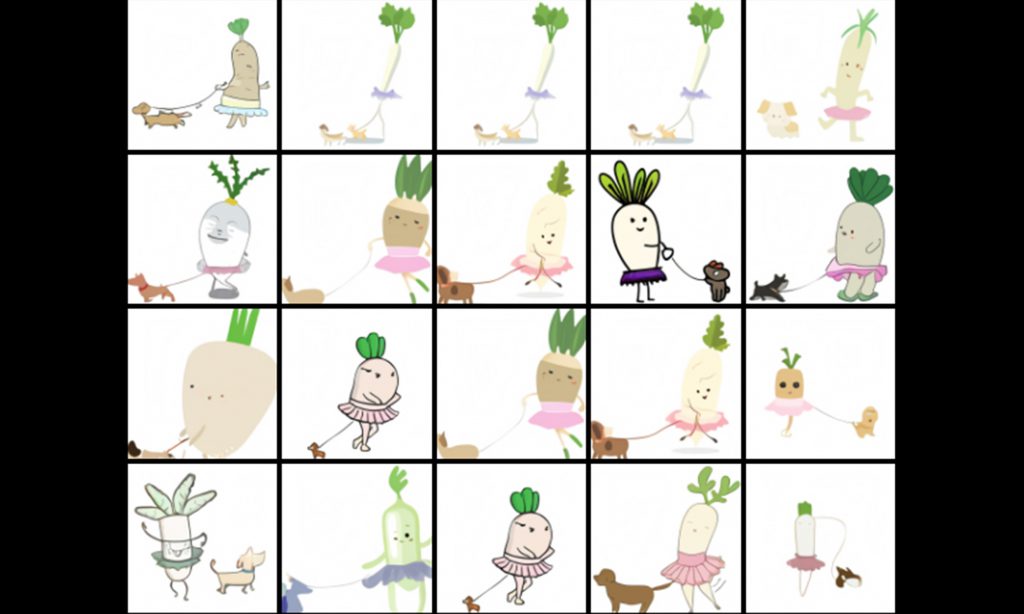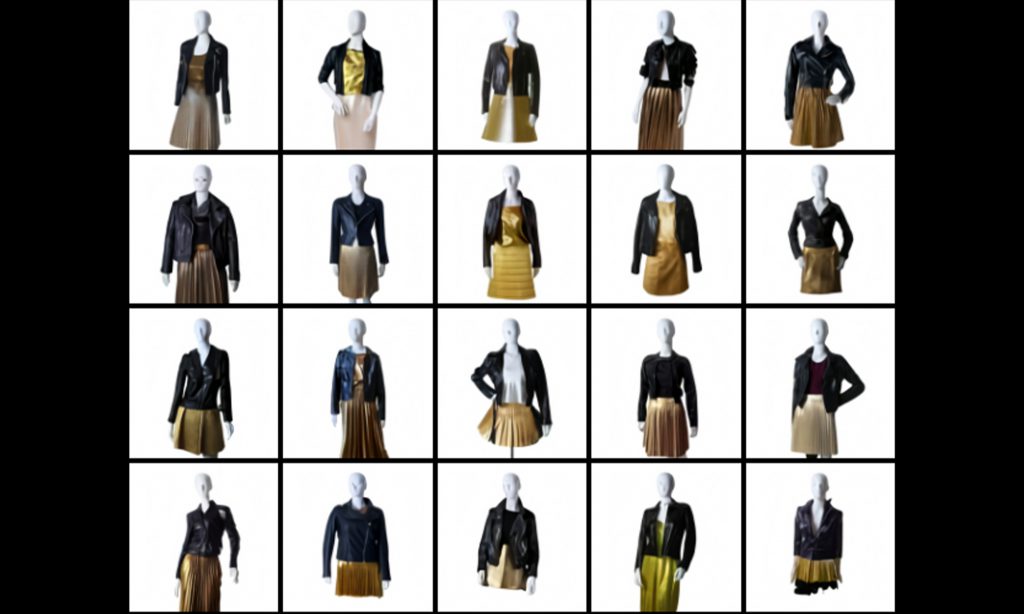In our article about GPT-3, we mentioned an artificial intelligence that can even write poems. While we are trying to comprehend an AI that can compose poetry and interview with historical characters, OpenAI has already developed another variation of the GPT-3.
This variation has 12 billion parameters and specialized in a different art branch. This variation can draw, design, take photographs that have never been taken and even illustrate. Moreover, it can create anthropomorphic * versions of animals and objects. The most interesting part of this technology and its distinctive feature is that all these works are completely created by this AI. It takes its name from the cute robot Wall-E and painter Salvador Dali: DALL·E.
Like GPT-3, DALL·E is also a transformer language model as well. It takes both the text and the image as a single data stream containing up to 1280 tokens and it is trained with maximum probability to create all tokens successively. In its simplest form, DALL·E is fed by large data sets of words and images. DALL·E proves that with a neural network like GPT-3, not only texts but also high-quality images can be created.
Every letter in our alphabet is a symbol. DALL·E has also symbols for both text and visual forms. Technically, “each image caption is represented using a maximum of 256 BPE-encoded tokens with a vocabulary size of 16384, and the image is represented using 1024 tokens with a vocabulary size of 8192.” So what does it mean? Just write what’s on your mind by using just a few words and DALL·E creates instantly alternative visuals for you. Moreover, these images contain such professional and creative elements that it is impossible to understand that they were made by a machine.
The main purpose of technology is to make life easier. So how will DALL·E make our lives easier? This is a technology that can revolutionize so many fields such as industrial design, fashion industry, architecture, home decoration and cinema. How did we come to this conclusion? It presents instantly and alternatively all designs that normally a person has to work on them for days. For example, let’s put together the words “avocado” and “armchair”, which are two unrelated concepts, and request for “avocado-patterned armchair”. DALL·E designs lots of examples related to our search (Picture 1). These visuals are unique. Do we change our minds and want to design something different? Let’s request a donut-shaped seat and alternatives are ready (Picture 2)! You can be totally sure that you won’t find these designs anywhere else.


DALL·E is also an illustration expert. Just write what’s on your mind, whether the terms are related or unrelated to each other and leave the rest to its imagination (or 12 billion parameters). For example, request “a radish with tutu walks the dog”, what an outrageous demand isn’t it? But not for DALL·E (Picture 3) ?

We said that DALL·E is also interested in the fashion industry. Explain the combination you imagine and new season fashion is ready! Ask it to create a model wearing a black jacket and a golden skirt (Picture 4). Don’t you like it? Let’s make the skirt a silver colour? Which skirt is better, pleated or straight? You aren’t working with a famous fashion designer, believe or not, you are working with an artificial intelligence.

DALL·E’s abilities are really diverse. On the other hand, there are some risks to abuse of this artificial intelligence technology. For example, we mentioned that GPT-3 may write fake media news or scientific articles. DALL·E can also visualize them and produce photographs of unreal events. Nevertheless, since any technology can be abused, let’s focus on DALL·E’s abilities we mentioned above.
So what are your opinions on this subject? Is DALL·E a revolution or Dystopia like GPT-3?
* Anthropomorphism; is the attribution of human traits or emotion to another nonliving creatures.
Resources:
